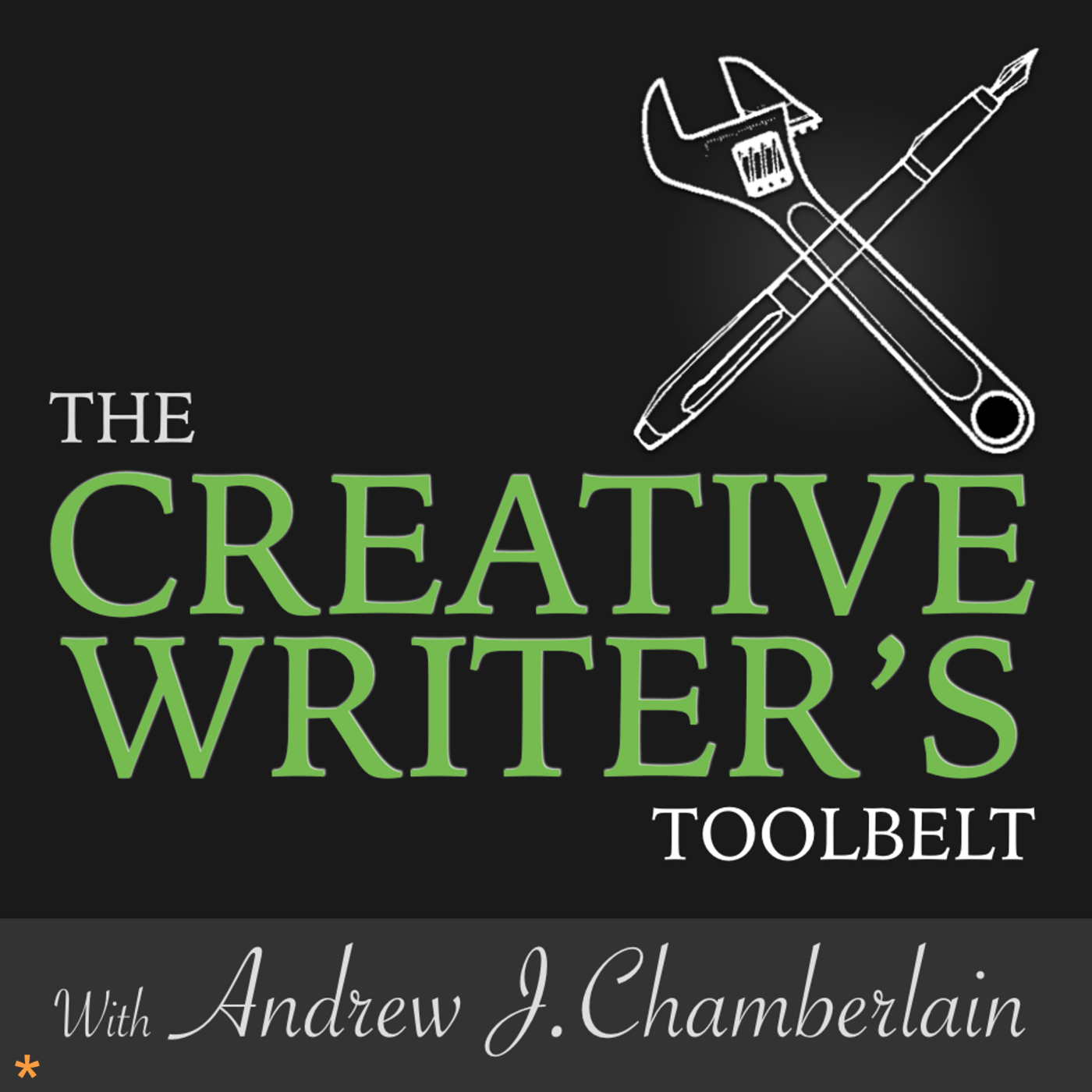

This episode is an interview with the author and historian, Nick Page. Nick, who describes himself as a 'writer for hire', has been a...

As I prepare for the launch this summer of "The Centauri Survivors" my YA SciFi novel, I have been using the services of Reedsy.com,...

Deus Ex Machina or 'god out of the machine' endings have a rich heritage going back to the Ancient Greek Theatre. But they are...